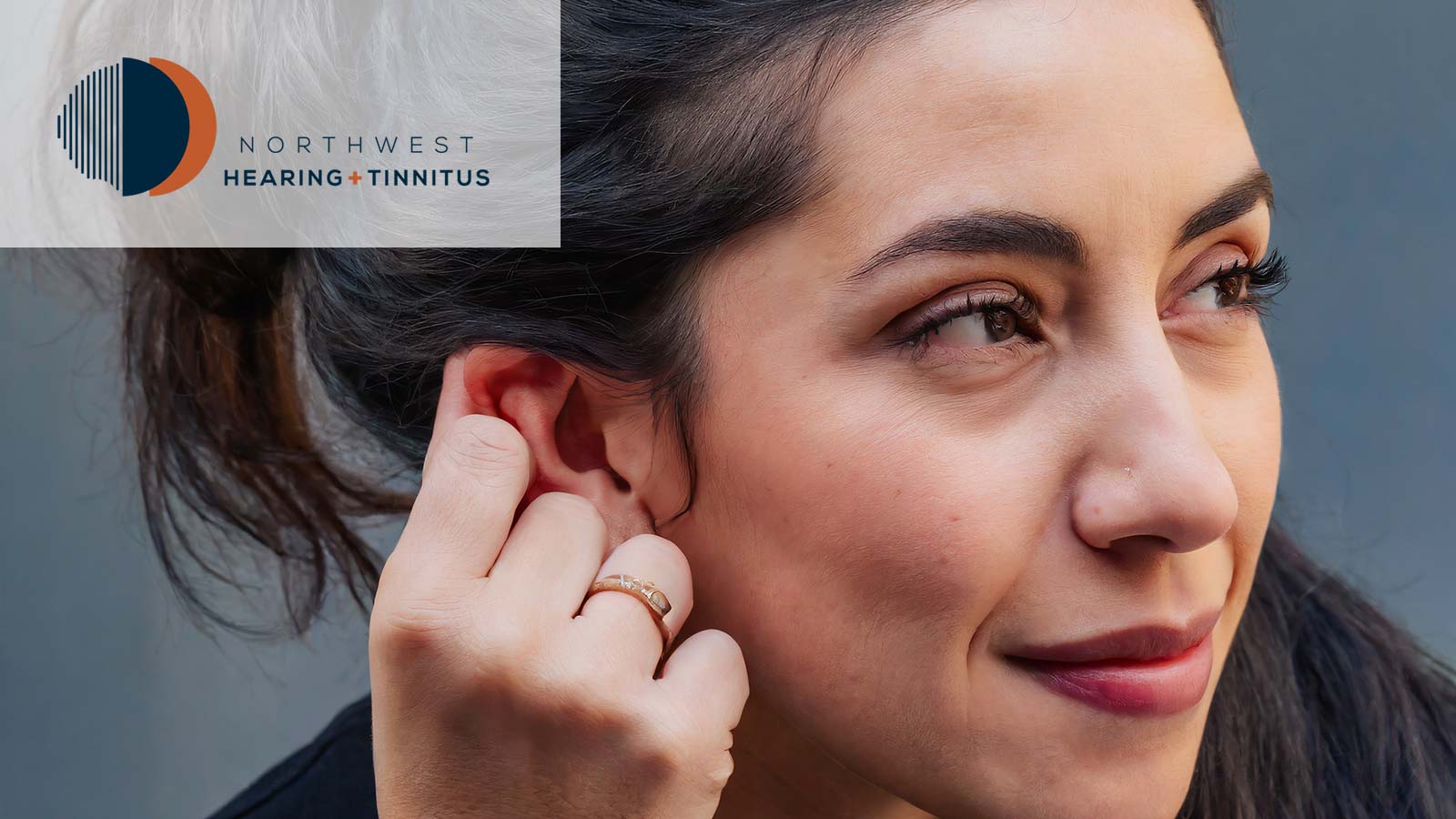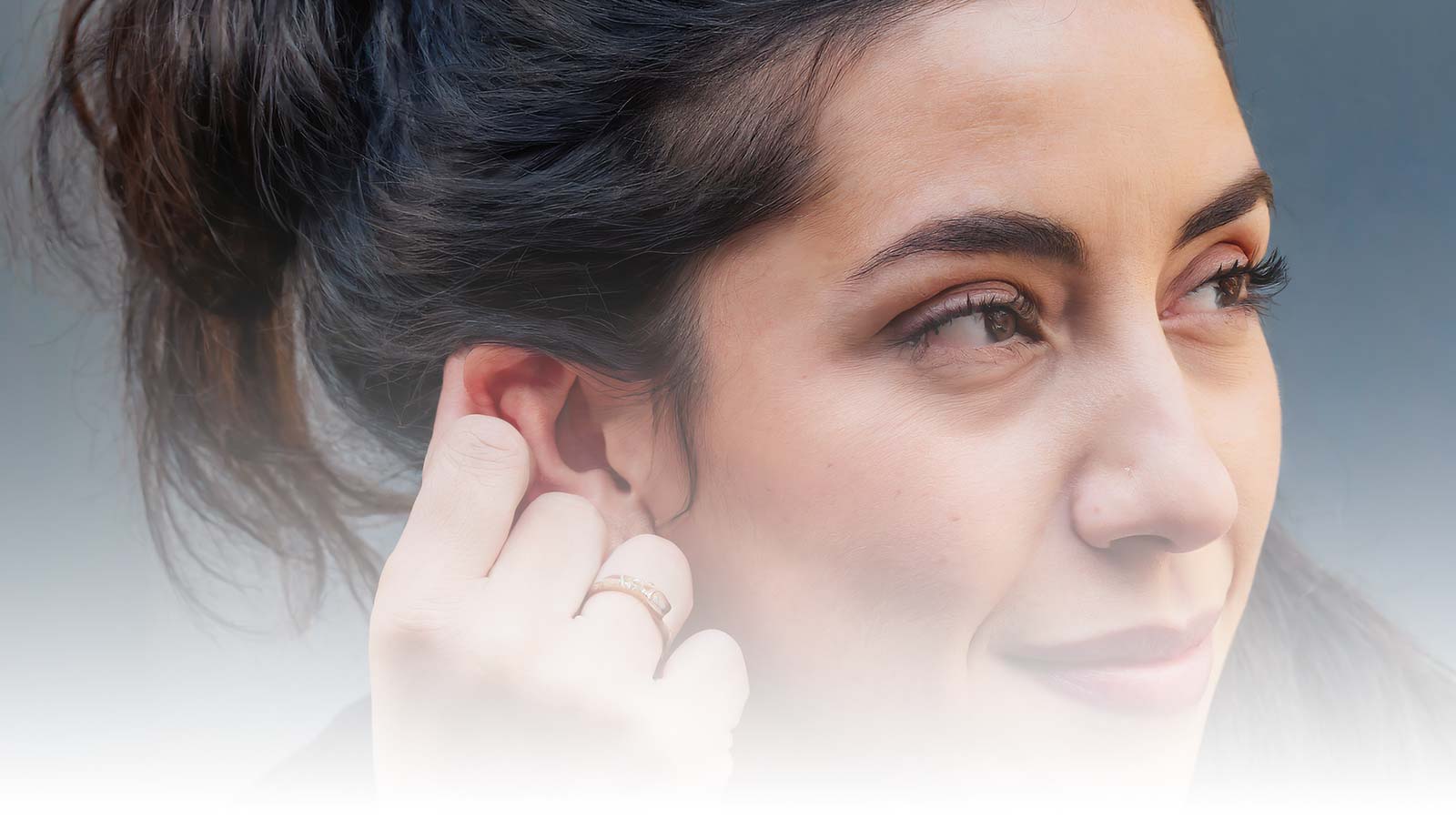Hearing Loss? Or Earwax? A Detailed Exploration
Many individuals experience the discomfort of ear fullness or difficulty in hearing and often wonder if it’s a simple case of earwax build-up or a sign of hearing loss. This comprehensive guide aims to provide an in-depth understanding of earwax, its role in ear health, how to safely address earwax build-up, and how to distinguish it from hearing loss.
Understanding Earwax and Its Role
Earwax, medically known as cerumen, is a natural substance produced by glands in the ear canal. Its primary role is to protect the ear by trapping dust, bacteria, and other foreign particles, preventing them from reaching the sensitive eardrum. Earwax also has lubricating properties, keeping the ear canal moist and preventing dry, itchy ears. Normally, earwax gradually moves out of the ear canal, carrying with it any trapped debris, a process aided by jaw movements like chewing.
Symptoms of Earwax Build-Up
Excessive earwax build-up can lead to several symptoms:
- Ear Fullness: A sensation of blockage in the ear, often accompanied by a decrease in hearing ability.
- Tinnitus: Ringing, buzzing, or hissing sounds in the ear, which can be intermittent or continuous.
- Itchiness: An uncomfortable itching sensation inside the ear canal.
- Muffled Hearing: Sounds may seem distant or muffled, similar to the effect of being underwater.
Home Remedies and Their Risks

While there are home remedies for earwax removal, they come with risks. For instance, cotton swabs can push wax deeper into the ear canal, exacerbating the blockage. Ear drops available over-the-counter can help soften the wax, but they should be used with caution. Home remedies like ear candling are strongly discouraged due to the risk of injury and lack of proven effectiveness.
Professional Earwax Removal Techniques
For safe and effective earwax removal, professional intervention is often necessary. Audiologists and ENT specialists may use several techniques:
- Microsuction: A gentle suction device removes the earwax under direct visualization.
- Irrigation: A controlled stream of water loosens and flushes out the earwax.
- Manual Removal: Using specialized instruments like curettes, healthcare professionals can carefully remove earwax.
Differentiating Between Earwax Build-Up and Hearing Loss
Distinguishing between earwax build-up and hearing loss is crucial for appropriate treatment. While earwax-related hearing issues are typically temporary and resolved with the removal of the blockage, hearing loss tends to be gradual and persistent. Hearing loss may also be accompanied by difficulty understanding speech, especially in noisy environments, and is not alleviated by earwax removal.
Understanding Hearing Loss
Hearing loss can be of various types, including sensorineural, conductive, or mixed. Causes range from age-related degeneration to exposure to loud noises. Unlike issues caused by earwax, hearing loss requires a comprehensive audiological evaluation and may involve the use of hearing aids or other interventions.
Preventive Measures and Regular Ear Care
To maintain optimal ear health, it’s important to avoid inserting objects into the ear, manage environmental factors that may contribute to excessive earwax (like dusty or noisy environments), and ensure regular check-ups with an audiologist, especially for individuals at risk of hearing loss.
Latest Research and Advances in Ear and Hearing Care
Advancements in audiology continue to provide new insights into ear health. Recent studies have focused on the genetic factors influencing earwax composition and the development of new hearing aid technologies that can adapt to different environments.
Northwest Hearing + Tinnitus’s Approach
At Northwest Hearing + Tinnitus, we prioritize patient education and comprehensive care. Our team of experienced audiologists is equipped to handle both earwax-related issues and complex hearing loss cases. We believe in a patient-centered approach, ensuring that each individual receives personalized care tailored to their specific needs.
Conclusion
Understanding the difference between earwax build-up and hearing loss is vital for effective treatment and maintaining good ear health. While earwax issues are often easily resolved, hearing loss requires professional evaluation and ongoing management. At Northwest Hearing + Tinnitus, we are committed to providing the highest standard of care for all your hearing needs. Contact us today to visit our Seattle or Olympia locations.
